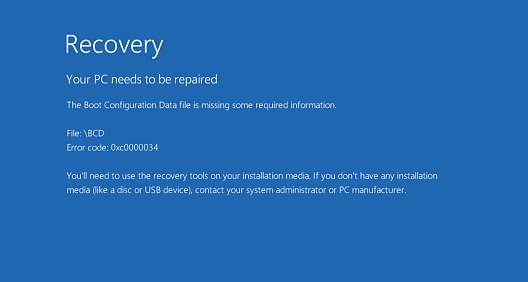
Several U-Boot environment variables are used very early during the Linux bootstrap, at the /etc/rc stage. The following command reads the whole U-Boot environment:Īddip=setenv bootargs $/etc/fw_ 644 0 0 When you boot the newly installed Linux image on the target, you will be able to read and update the U-Boot environment. The two utitlies are in fact implemented as a single utility, and the name of the executable file is used to distinguish between the fw_printenv and fw_setenv use cases on the target. The Linux utilities are called fw_printenv (read U-Boot environment) and fw_setenv (modify U-Boot environment). ( MMC extended CSD register PMIC register access Configuration options. in U boot mode u-boot> printenv Conditions: normal working condition AP 2800 8. Secure console options U-Boot files by variant Recover your device.
U boot configuration file how to#
This application note explains how to read and update U-Boot environment variables from Linux. Step 4 Copy the configuration file to the appropriate server location. In that scenario, it is impossible to get access to the U-Boot serial line command monitor, however the target still can be connected to over a telnet or ssh link providing access to the Linux shell interface. Probably, the most obvious scenario would be when a remote target is accessible only through an Ethernet or WiFi link and no access to the serial console is available. In various use case scenarios, it may be needed to read or update U-Boot environment variables from Linux. The kernel (LNX) partition contains U-Boot. Parameters defined by the U-boot environment variables include: target IP address, target MAC address, location in RAM where a Linux bootable image will be loaded, and many others. The kernel is installed into the filesystem alongside the boot configuration file.

The U-Boot environment is stored in the SD Card memory and is persistent across power or reset cycles. U-Boot makes use of the so-called environment variables to define various aspects of the target functionality.


 0 kommentar(er)
0 kommentar(er)
